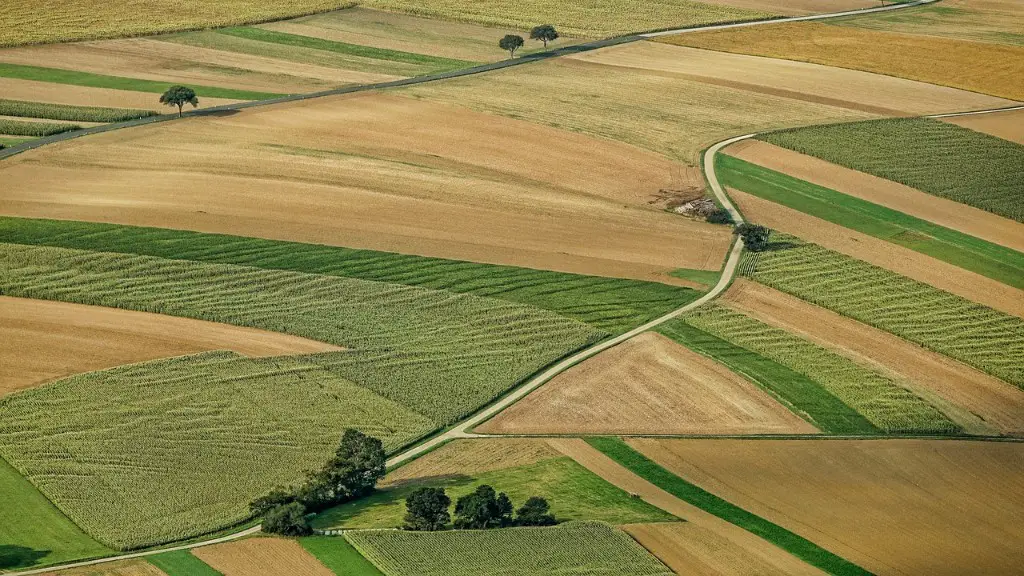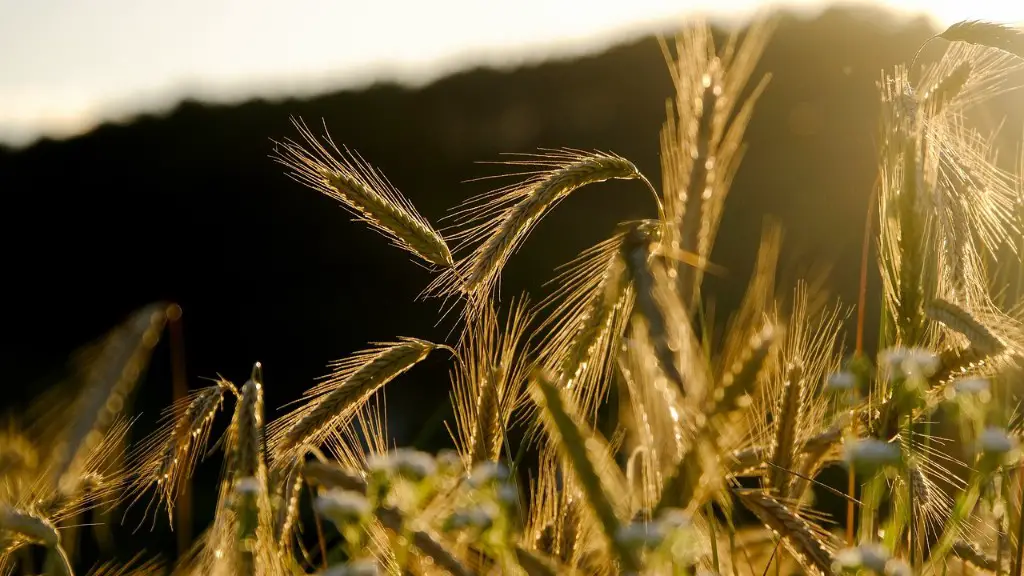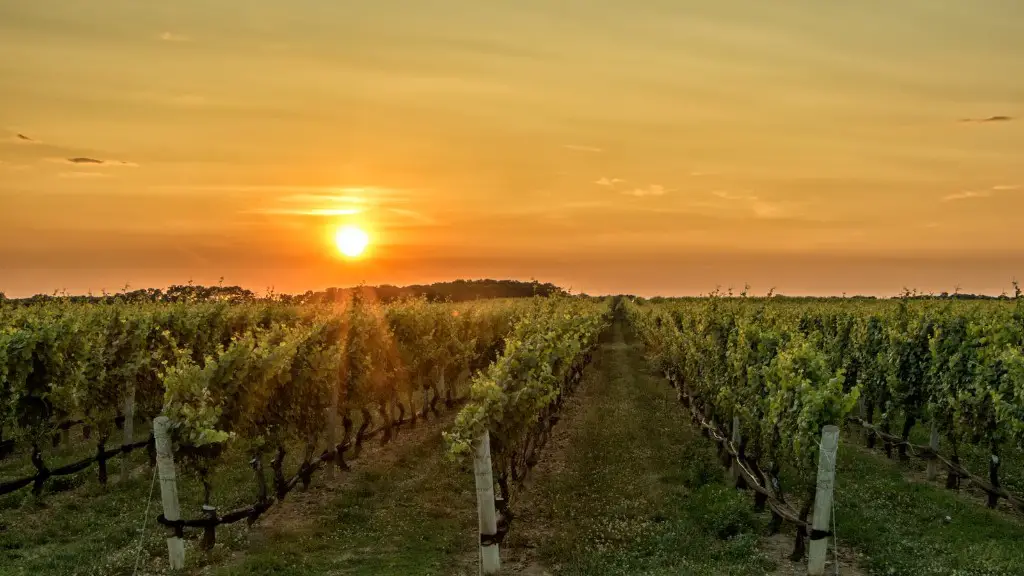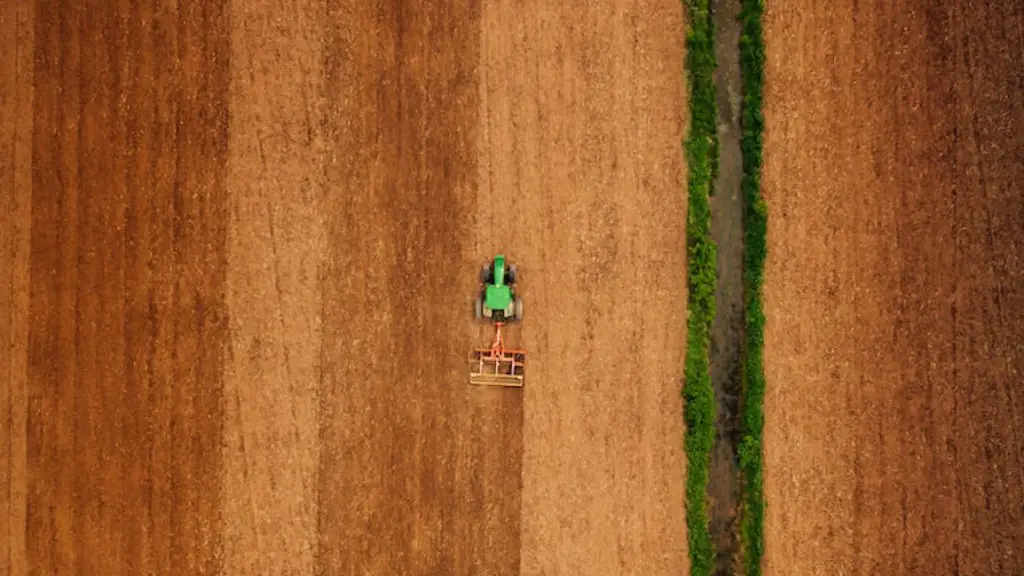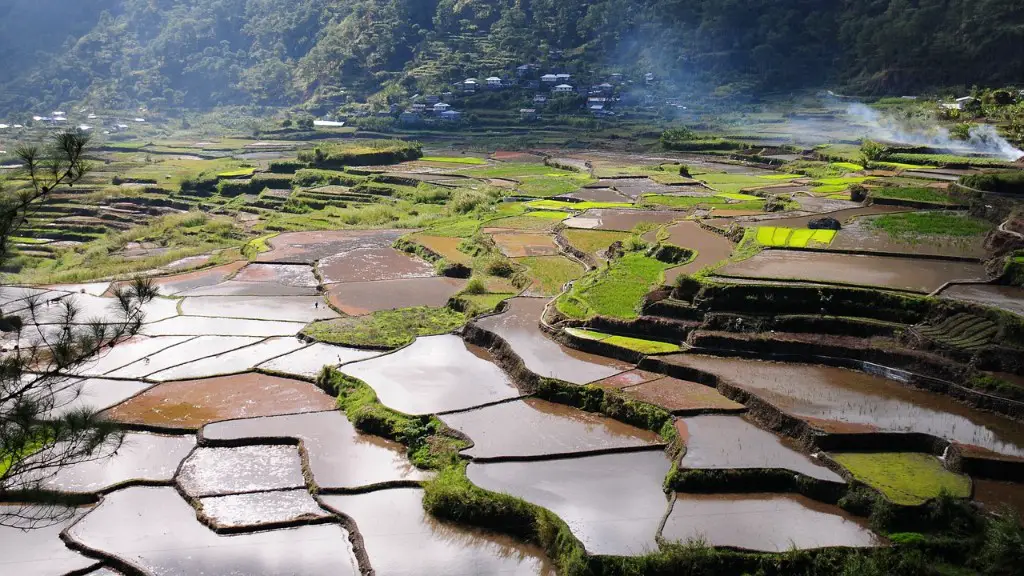Agriculture is one of the most fundamental elements of human societies. Although it has been around for thousands of years, many people are unaware of its origins. In this blog post, we will explore the beginnings of agriculture and how it has shaped the world we live in today.
The earliest known examples of agriculture date back to around 10,000 BC. This is most evident in the Fertile Crescent, an area located in the Middle East which was found to have early domestic animals and traces of crop cultivation. This is the region in which many of the world’s first civilizations emerged, and it is believed that agriculture developed as a result of the need for a stable food supply.
Archaeological evidence suggests that the development of agriculture began through a process of trial and error. This process was made possible by the shift from a nomadic hunter-gatherer lifestyle to one that relied on the domestication of animals and the cultivation of plants. This shift allowed people to experiment with planting, cultivating and harvesting a variety of crops.
Agriculture became increasingly important as the population grew, and it quickly spread across the globe. This provided the foundation for many of the major civilizations of the time, and allowed for the production of a wide range of food staples. This in turn enabled people to live in larger, more densely populated communities, which allowed for the development of cities and towns.
Agriculture has continued to evolve over the centuries and remains one of the most important elements of human societies today. Modern agricultural practices have allowed for the production of an unprecedented quantity and variety of food crops, which has enabled people to thrive in any climate and environment.
The Impact of Agriculture
Agriculture has had a profound impact on the development of civilizations through its ability to provide enough sustenance to support dense populations. This has enabled the growth of large cities, which have in turn become the centers of culture, art and science. Agriculture has also provided a means to accumulate wealth and has been used by governments to consolidate power and increase their influence.
Agriculture has also allowed for the flourishing of trade. This has enabled the sharing of goods and ideas between populations, leading to an increase in cultural exchange and innovation. Agricultural products have acted as a source of capital, allowing for the development of economic systems and the growth of markets.
The development of technology, such as machines and chemical fertilizers, has allowed for the further acceleration of agricultural production. This has resulted in the production of an even greater quantity and variety of food, enabling people to live healthier lives. In addition, advances in technology have allowed for the more efficient management of land and resources, leading to improved yields and a decrease in the amount of land required for agriculture.
The Future of Agriculture
Agriculture is an integral part of human societies and is likely to remain so in years to come. However, there are numerous challenges that lie ahead. These include the changing climate, an increasing population, and the need to develop new techniques to improve yields while reducing environmental impact.
The introduction of new technologies is likely to have a profound impact on the future of agriculture. Advances in artificial intelligence, robotics, and automation have the potential to revolutionize all aspects of agricultural production, from planting to harvesting, and from storage to distribution.
It is also likely that advanced resource management and conservation techniques will be required in order to ensure sustainable practices. This could include the use of precision farming and biotechnology, as well as the development of more efficient irrigation methods. These will be necessary to ensure that future generations are able to access the same level of ample food supply that we are accustomed to today.
Environmental Implications
It is clear that the future of agriculture is not without its environmental consequences. The impact on the natural environment of chemical fertilizers and pesticides, intensive farming practices and the increasing use of machinery will all need to be taken into account. As such, it is likely that new regulations and standards will be introduced in order to ensure sustainable practices.
In addition, the prevalence of large-scale monoculture production has become a cause for concern due to its impact on biodiversity. This is especially true in areas where the land has been overused or intensively farmed, leading to a decrease in the variety of plants and animals. To address this, there is an increasing focus on the development of agroecology, a form of agriculture that is both sustainable and supports biodiversity.
Global Sources of Food
Agriculture is a global business that relies on a range of resources. The most obvious of these are the sources of food, which come from a variety of countries. From the temperate climes of Europe to the tropical regions of the Americas, different countries provide different types of food.
This diversity of resources makes it possible for people to access food from around the world. This has enabled a greater range of tastes and cuisines, which has in turn led to a more vibrant and varied food culture.
In addition, new technologies have enabled the storage and transportation of food from around the world, resulting in an increasingly interconnected global food network. This has made it possible to access food from all corners of the world, even in locations where it may not have otherwise been available.
Agricultural Education and Support
For agriculture to remain a viable and successful industry there needs to be support and knowledge in order to ensure sustainable practices. This includes access to resources such as land, water, finance and education.
Investment in agricultural education is essential in order to ensure that farmers have the necessary skills to produce high-yield crops. This will also support the transfer of knowledge from experienced farmers to those just entering the profession, ensuring that the latest methods and technology are being used.
In addition, governments and NGOs need to provide financial and technical support to farmers in order to ensure that they are able to access the resources they need to produce food in a sustainable way. This could include the provision of seed and fertilizer, access to credit and loans, and the development of programs to promote sustainable practices.
Conclusion
Agriculture has been a fundamental part of human societies throughout history and will remain so in the future. While there are challenges ahead, such as the changing climate and the need to developing sustainable practices, there is still much potential for the industry to grow and evolve. Through investment in education, training and support, the future of agriculture will remain promising.
